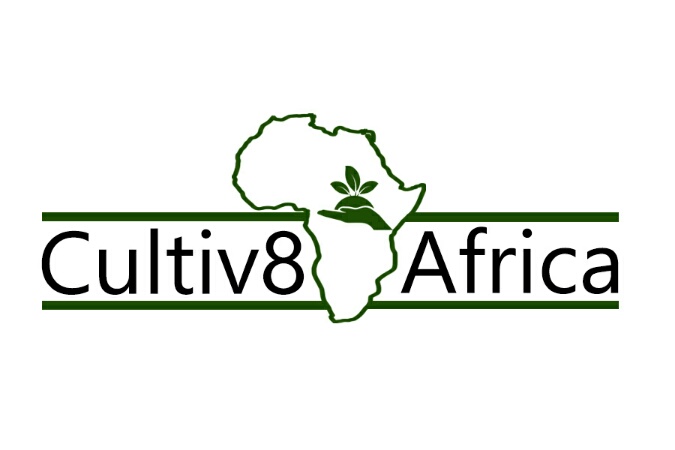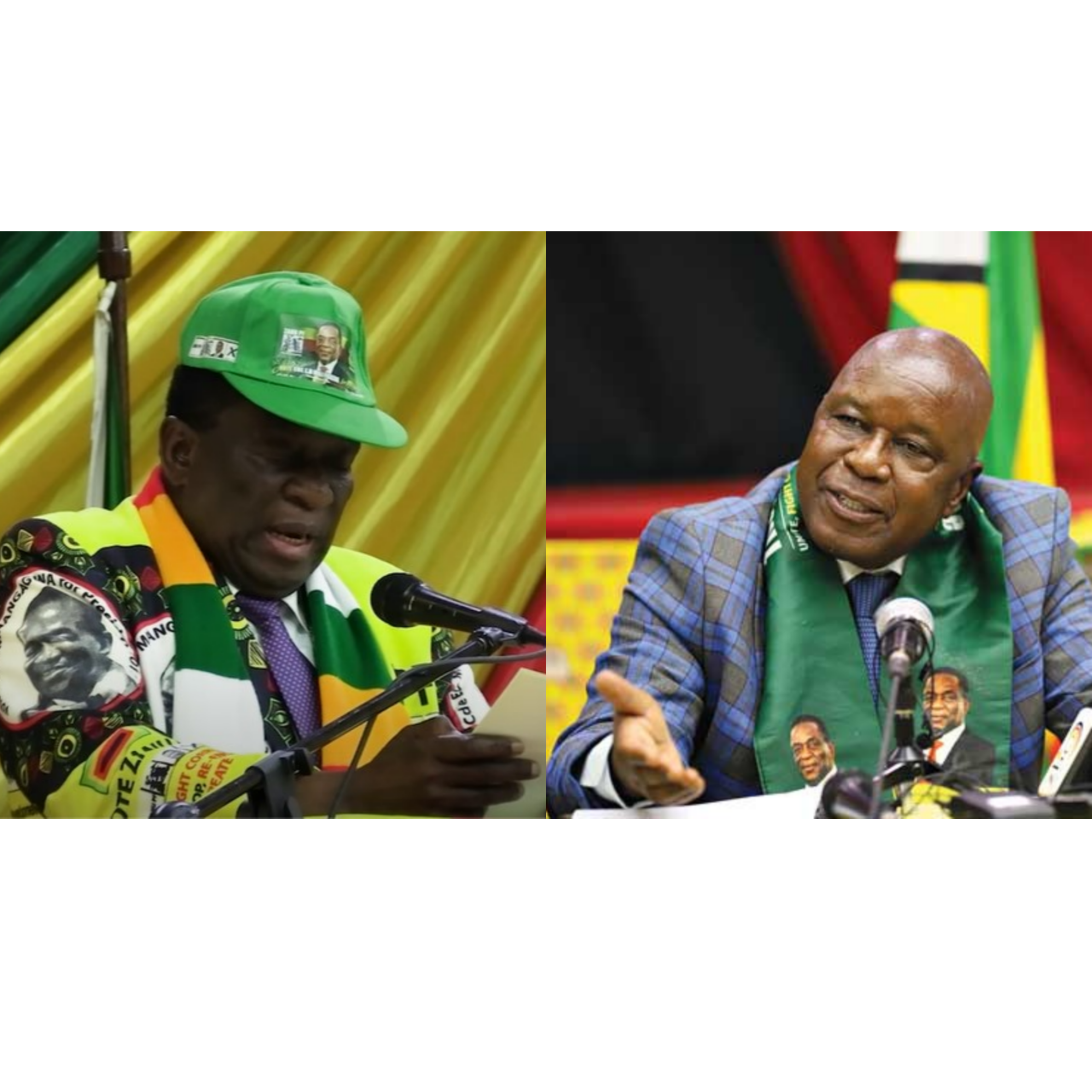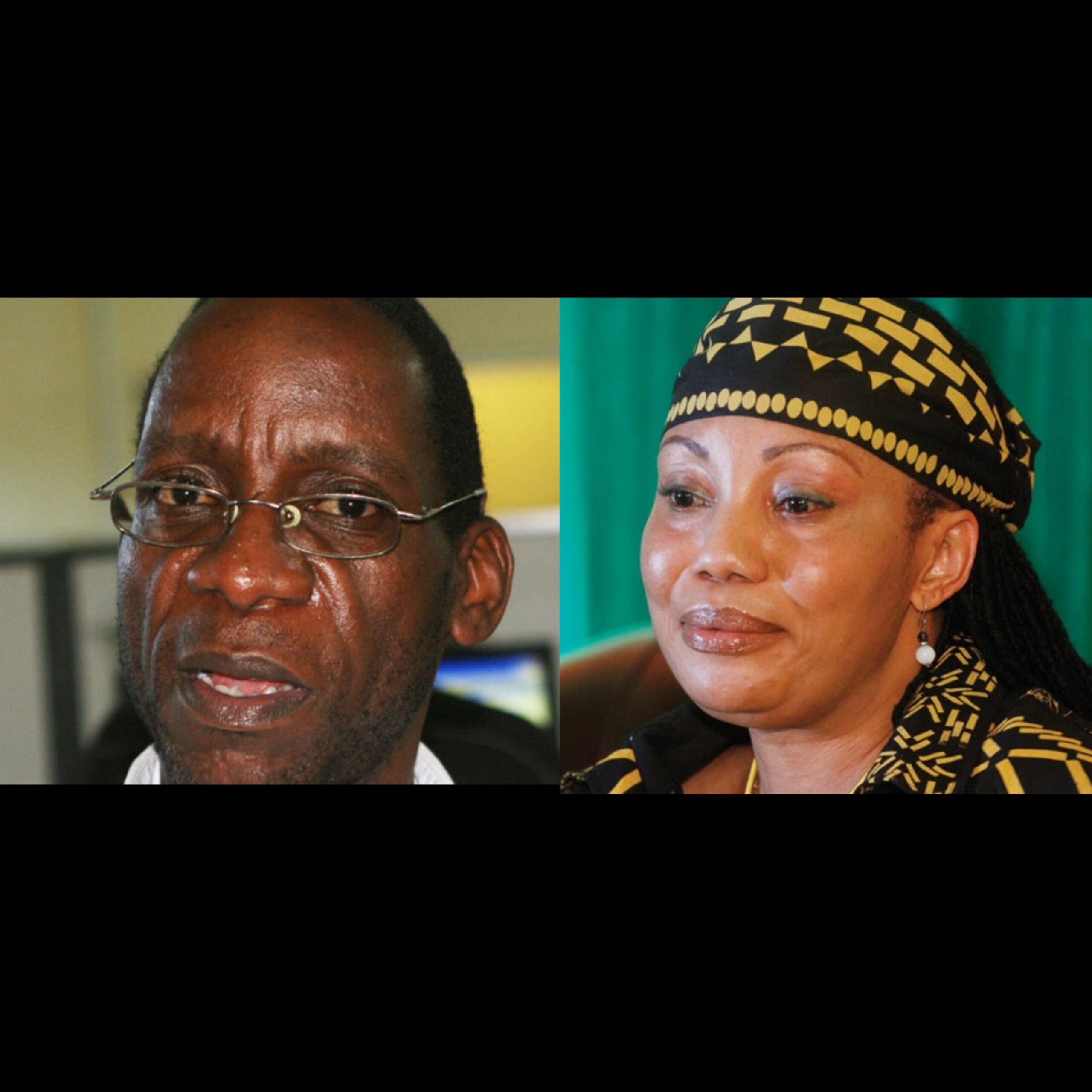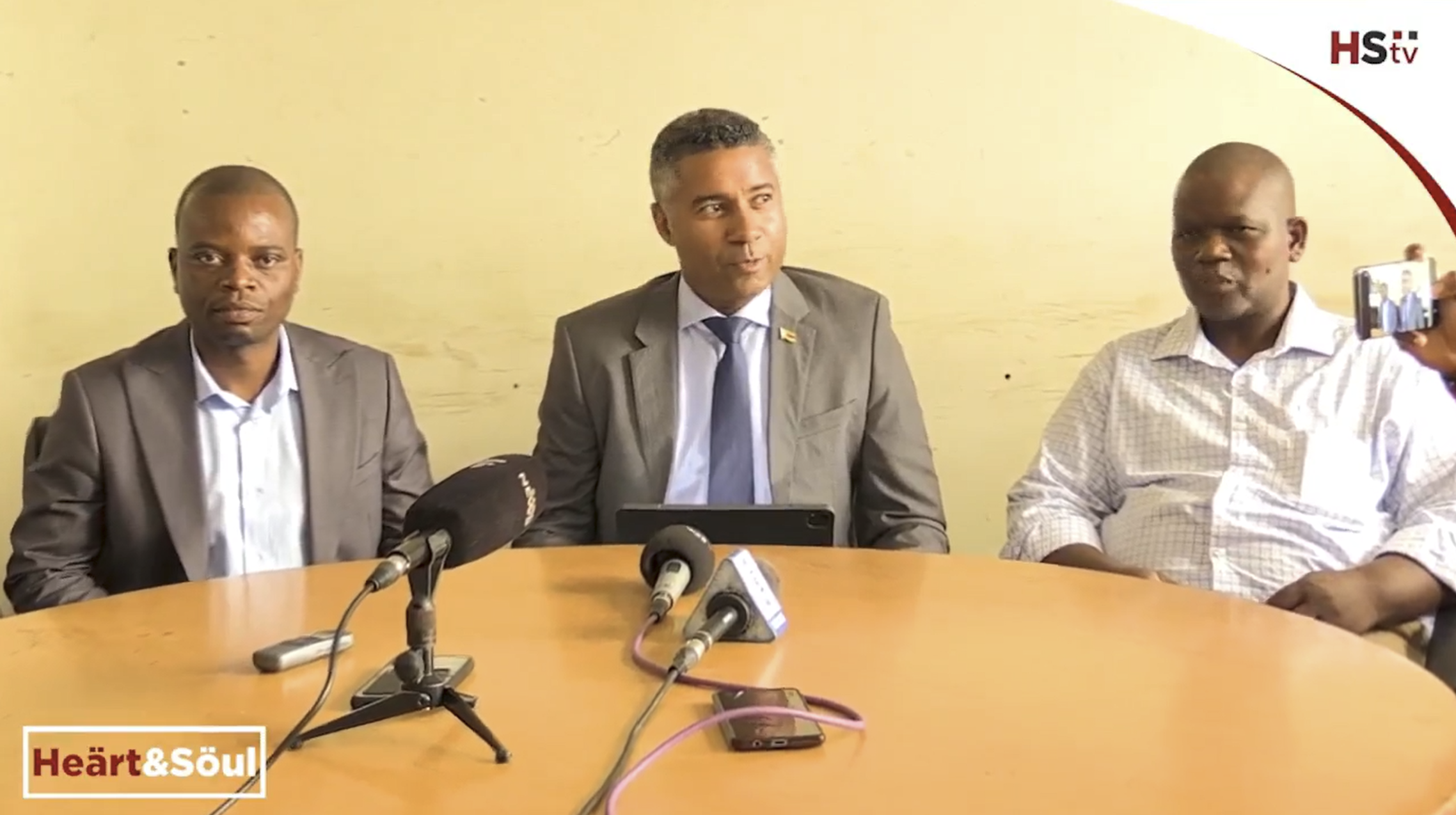Harare – Child labour increases for the first time in 20 years, an indication of a reversal of the progress made over the past two decades according to the joint ILO and UNICEF report titled Child Labour: 2020 Global Estimates, Trends, and the Road Forward. The report, launched to mark the occasion of the 2021 World Day Against Child Labour on June 12, also states that COVID-19 has worsened this trend.
Unlike its impact on health, the impact of COVID-19 on the socio-economic status of vulnerable communities and on the rise of child labour and forced labour is not immediately visible. It is however already evident that in economies largely dominated by the informal economy, COVID-19 is exacerbating existing challenges related to inequality or loss of employment, as well as income and livelihood opportunities. The lockdown measures implemented to manage the pandemic and the lack of social protection has limited access to education and have probably sent many children into child labour.
Children in Zimbabwe, as in many parts of the world, have also been impacted negatively by COVID-19. School closures during the lockdowns added to the risks, especially for children in vulnerable situations, as they are even more likely to work to complement household incomes, in the absence of comprehensive social protection measures. When children leave school and enter economic activities or paid employment, it can be very difficult for them to resume their education.
- ED, Chamisa Faceoff Over Youth Vote
- Mugabe Ghost Cost Epworth Legislator
- Sikhala Remains Caged … Battles For Freedom
- ZANU-PF Seeks to Ban Chamisa From 2023 Race
- Chamisa Warns ED Over Violence … Prepares For Inauguration
According to the Zimbabwe Statistical Agency (ZIMSTAT)’s Labour Force and Child Labour Survey: 2019, about 50,000 children were in child labour. These children worked for more than 21 hours per week in economic activities including retailing and paid employment. Other children were also engaged in at least 35 hours of non-economic activities consisting mainly of household chores. A November 2020 rapid survey also by ZIMSTAT to monitor the impacts of COVID-19 on households, showed that only 40 percent of children continued engaging informal learning after schools had been closed due to lockdowns; with only 25% in rural areas and 75% in urban areas. Most of these children would ordinarily lose out on learning potential. Others from poorer households were most likely forced to take up more economic and non-economic activities mainly in the farming and informal sectors, where living and working conditions are extremely harsh.
The Zimbabwean government has commissioned studies in the agricultural sector covering the tobacco sub-sector to better understand the scope of child labour so as to inform policy dialogue and decisions on how it can be addressed. More studies that are exploratory are planned in the sugar, tea, and mining sectors.
“Breaking the cycle of child labour is in Zimbabwe’s hands. The challenges in tackling child labour problems are significant and manifold but it is not impossible to meet them. We need the right level of commitment among all the relevant stakeholders and the right mix of policy and programmatic interventions,” said Ms Phororo, the ILO Country Director for Zimbabwe and Namibia.
The ILO’s work in Zimbabwe continues to support the Government of Zimbabwe to foster strong alliances to take actions towards immediate and effective measures to eradicate forced labour, end modern slavery and human trafficking, and secure the prohibition and elimination of the worst forms of child labour in all its forms by 2025. Through its #ZimbabweWorking campaign, the ILO seeks to promote partnerships and advocacy for public policies; empower vulnerable communities; and increase knowledge and data that will contribute to eliminating child labour in Zimbabwe.
This year’s World Day Against Child Labour focuses on action taken for the 2021 International Year for the Elimination of Child Labour in a ‘Week of Action’ from 10-17 June. It is an opportunity to highlight progress on the implementation of International Year “2021 Action Pledges” and build up support from governments, civil society, schools, youth and women’s groups, as well as the media, in the campaign against child labour. The year 2021 marks the UN International Year for the Elimination of Child Labour and provides an ideal opportunity to reinvigorate efforts to achieve ending all forms of child labour.
Urgent efforts are required to reverse the growing risk of child labour by working together to make the transition to a future of work that is smarter, fairer, and supports resilient and adaptable communities.
“The new estimates are a wake-up call. We cannot stand by while a new generation of children is put at risk,” said ILO Director-General Guy Ryder. “Inclusive social protection allows families to keep their children in school even in the face of economic hardship. Increased investment in rural development and decent work in agriculture is essential. We are at a pivotal moment and much depends on how we respond. This is a time for renewed commitment and energy, to turn the corner and break the cycle of poverty and child labour.”
“We are losing ground in the fight against child labour, and the last year has not made that fight any easier,” said UNICEF Executive Director, Henrietta Fore. “Now, well into the second year of global lockdowns, school closures, economic disruptions, and shrinking national budgets, families are forced to make heart-breaking choices. We urge governments and international development banks to prioritize investments in programs that can get children out of the workforce and back into school, and in social protection programs that can help families avoid making this choice in the first place.”
‘We children and youth of today, need to be well educated, we need to dream, we need to be healthy so that we can good leaders tomorrow, and all this is only possible if you, our dear parents, allow us to do so.’ (Stacey Fru, Young Activist and multi-award-winning international author based in South Africa and founder of the Stacey Fru Foundation)














